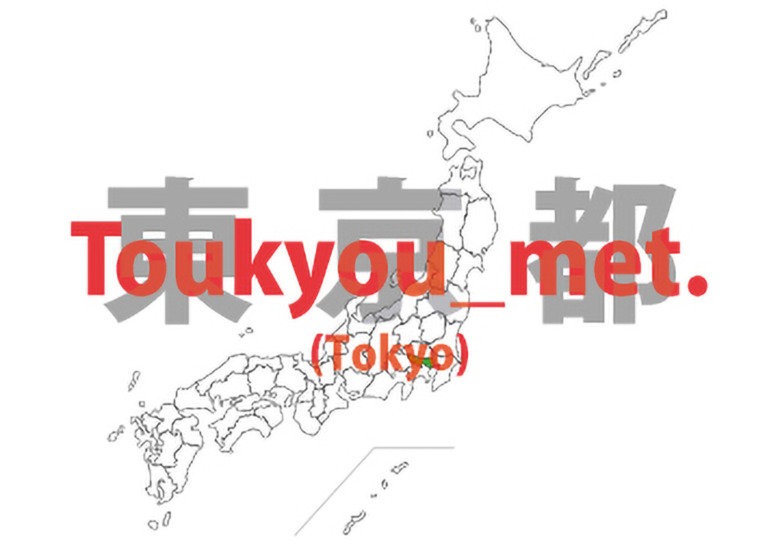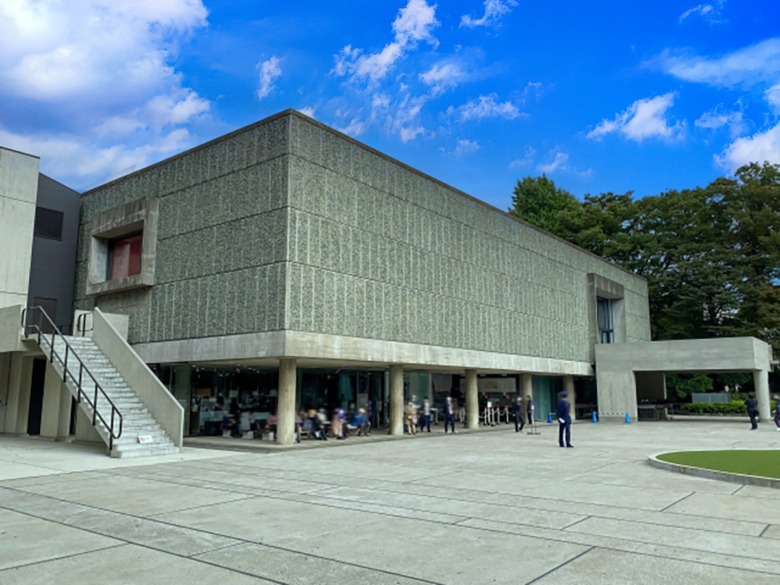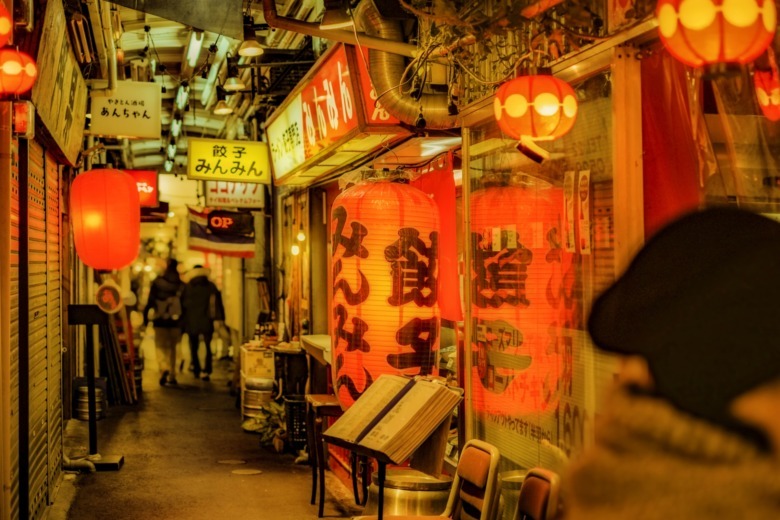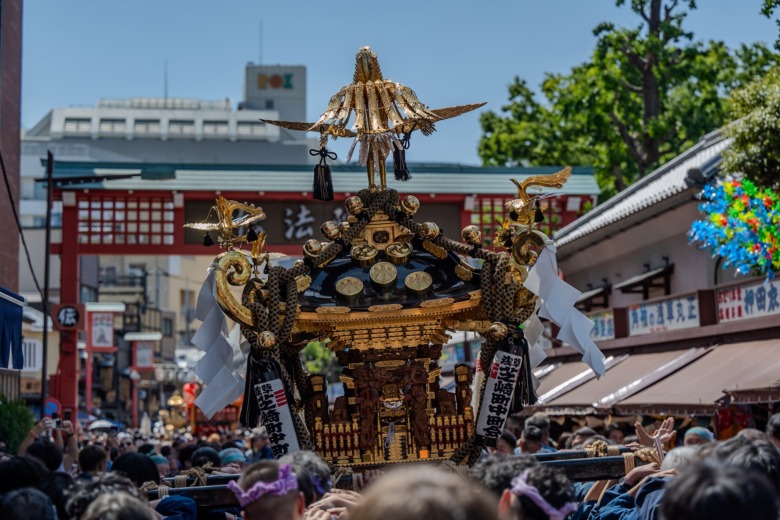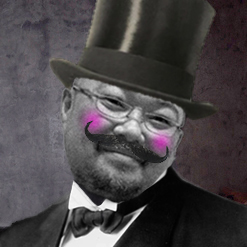
- Toukyou (Tokyo) — A City of Contrasts and the Echoes of Childhood Songs
- A city where you can fully enjoy World Heritage sites as creations of both humanity and nature.
- Many nostalgic classics have also come out of this city.
- Tokyo’s Ramen Battleground Today
- Recommended Items from Tokyo
- Old Fashioned Edo Kiriko Whiskey Glasses Set – Handmade Premium Cut
- Sudden Shower over Shin-Oohashi bridge and Atake (Ukiyoe by Hiroshige)
- Made in Japan Lucky Cat 6.3” Tokoname Porcelain White Maneki Neko
- Nestle Japan KitKat Adult Sweetness Rich Matcha 11pieces (Pack of 2)
- 20PCS Artificial Sushi Set – Realistic Japanese Food Models for Decoration
- Super Mario Bros Embroidered Mario M Patch Men’s Red Beret Cap
Toukyou (Tokyo) — A City of Contrasts and the Echoes of Childhood Songs
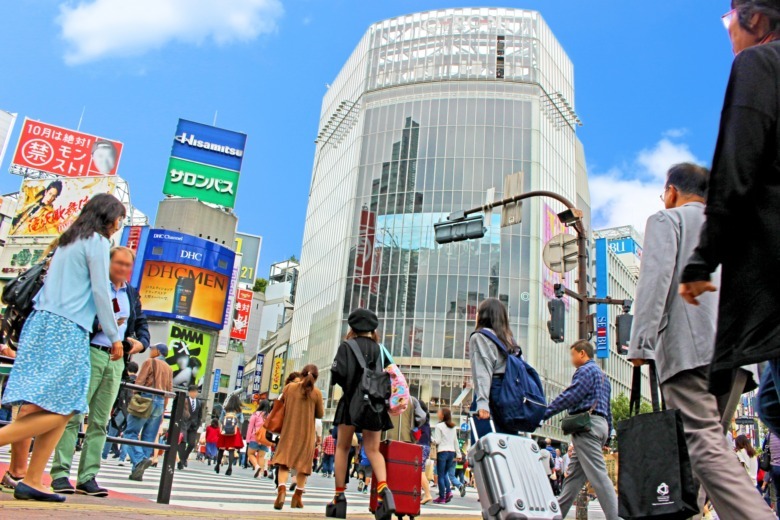
Shibuya Scramble Crossing
Toukyou (Tokyo) is Japan’s capital and one of the most dynamic metropolises in the world, home to over 14 million people. It functions as the nation’s political, economic, and cultural epicenter, drawing tourists and professionals from around the globe. Beneath its modern skyline lies a deep-rooted historical identity that continues to shape its unique character.
Originally known as Edo, the city once held the largest population of any urban area in the world during the 18th and 19th centuries. The remnants of this vibrant past still echo through its traditional neighborhoods, ancient shrines, and cultural institutions.
From Mount Takao in the west to Toukyou (Tokyo) Bay in the east, the city presents a beautiful fusion of nature and urbanism. Skyscrapers in Shinjuku the pop-culture mecca of Akihabara, fashionable Harajuku, and the historic charm of Asakusa and Ueno together reflect Toukyou (Tokyo)’s layered identity. It is a city of many faces and many voices, coexisting in a harmony only Toukyou (Tokyo) can achieve.
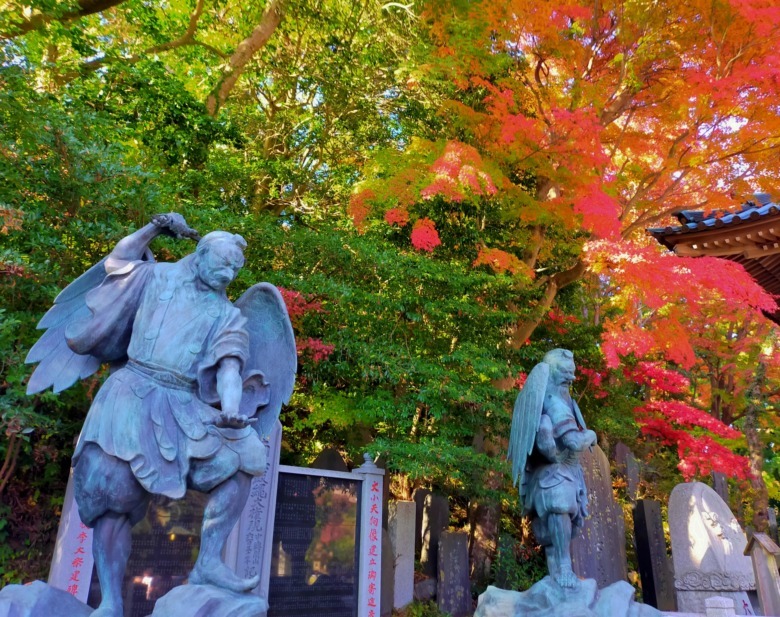
Tokyo takao-san (Mt.Takao)
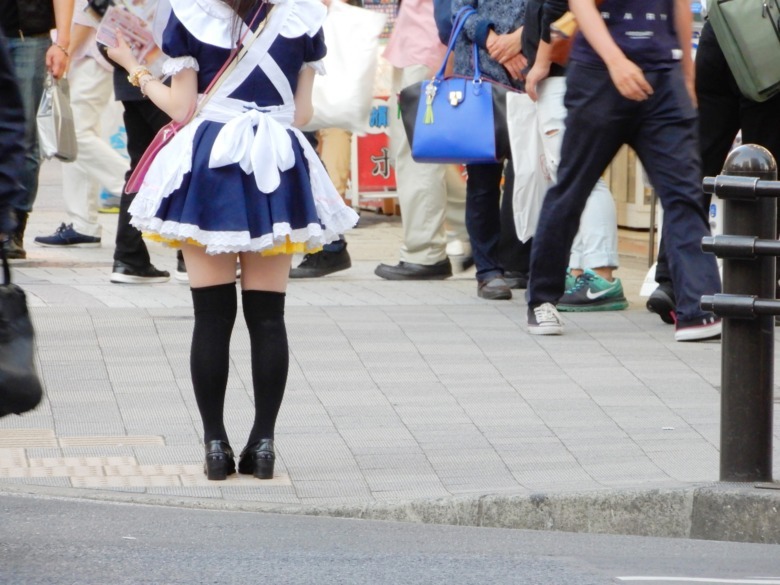
Tokyo Akihabara Maid cafe staff

Harajyuku Takeshita-doori (Takeshita Street)

Asakusa Sensouji (Kaminarimon)
A city where you can fully enjoy World Heritage sites as creations of both humanity and nature.
In Ueno, visitors can explore the National Museum of Western Art, a UNESCO World Cultural Heritage site designed by world-renowned architect Le Corbusier, offering a rare encounter between architectural mastery and fine art. Beyond the city proper, Toukyou(Tokyo) also includes the Izu Islands and the Ogasawara Islands, the latter designated a UNESCO World Natural Heritage site. These remote islands harbor rich marine ecosystems and distinct cultural traditions, presenting a completely different side of Toukyou(Tokyo) that captivates nature lovers and adventurers alike.

Chichijima, Ogasawara Islands By Anagounagi – Own work, CC BY-SA 4.0, Link
Toukyou (Tokyo) is also a cultural and artistic hub. Theaters, live venues, art museums, and literary centers line its streets. Traditional performing arts and seasonal festivals remain a vital part of the city’s life, creating an interplay between the old and the new that continues to inspire creatives around the world.
By Asacyan – Own work, CC BY-SA 3.0, Link
Many nostalgic classics have also come out of this city.
Among the countless nostalgic tunes associated with Toukyou (Tokyo) is “Hana,” written by TAKESHIMA Hagoromo and composed by TAKI Rentarou. The line “Haru no urara no Sumidagawa” paints a vivid image of cherry blossoms blooming along the Sumida River — a poetic tribute to the capital’s spring scenery.
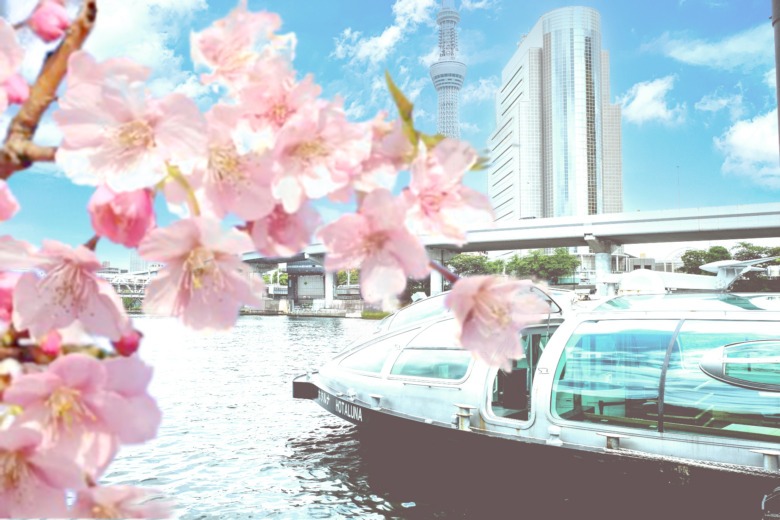
Sumida-gawa Sakura & Sightseeing boat (hotaruna)
“Haru no ogawa” is believed to be based on the former Kouhone-gawa stream in Shibuya, now an underground waterway with a commemorative monument. “Yuuyake koyake,” a beloved song of dusk and childhood written by NAKAMURA Ukou, hails from Hachioji City in western Toukyou (Tokyo).
Other notable songs like “Jyuugoya Otsukisan” and “Aka tomdo” are connected through lyricist NOGUCHI Ujyou, whose life and work were based in Toukyou (Tokyo). These timeless melodies carry the warmth, softness, and familiarity that still resonate in the city’s quieter corners.
Tokyo’s Ramen Battleground Today
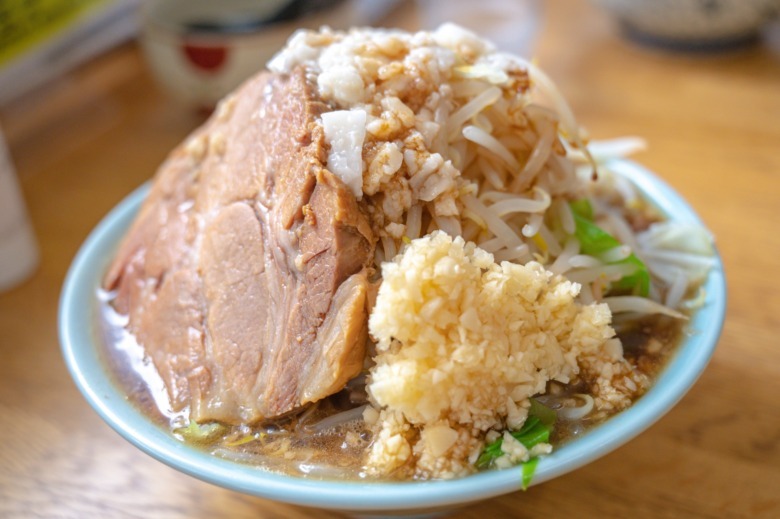
Ramen Jirou (mashimashi)
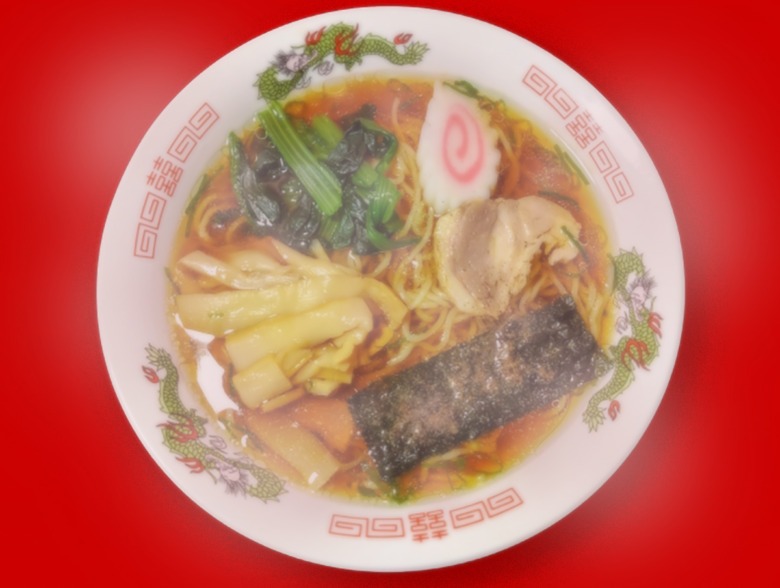
Old-fashioned Tokyo Ramen (Soy sauce flavor)
Tokyo is truly a city worthy of being called the mecca of Japanese ramen. As of October 2023, approximately 2,134 ramen shops are registered on iTownPage. The data showing that Tokyo accounts for about 10% of the roughly 32,000 shops nationwide speaks to the density of this city’s ramen culture. Looking at distribution by ward, a 2024 survey shows Shinjuku has the most shops, followed by Chiyoda and Minato wards. These areas encompass business districts and entertainment quarters where people come and go day and night. Ramen shops are packed tightly together, catering to diverse needs from office workers’ lunch demands to late-night bowls. The appeal of Tokyo’s ramen lies in its diversity. Beyond traditional shoyu (soy sauce) and miso ramen, you’ll find everything from rich tonkotsu (pork bone) ramen to light shio (salt) ramen and tsukemen featuring seafood-based broths. In recent years, unconventional offerings like tori paitan (chicken broth), niboshi (dried sardine) styles, and even tantanmen and abura soba have gained popularity. Each shop pursues its own evolution, with new ramen styles being born every day. In this fiercely competitive zone with over 2,000 shops vying for attention, everything is put to the test—not just flavor, but customer service, value for money, and atmosphere. This is precisely why Tokyo’s ramen continues to evolve and lead the ramen scene throughout Japan and across the world.
Recommended Items from Tokyo
Old Fashioned Edo Kiriko Whiskey Glasses Set – Handmade Premium Cut

A pair of handmade Edo Kiriko old fashioned glasses (11 oz each). Traditional Tokyo crystal cut glass with diamond patterns, perfect for whisky or cocktails.
Sudden Shower over Shin-Oohashi bridge and Atake (Ukiyoe by Hiroshige)
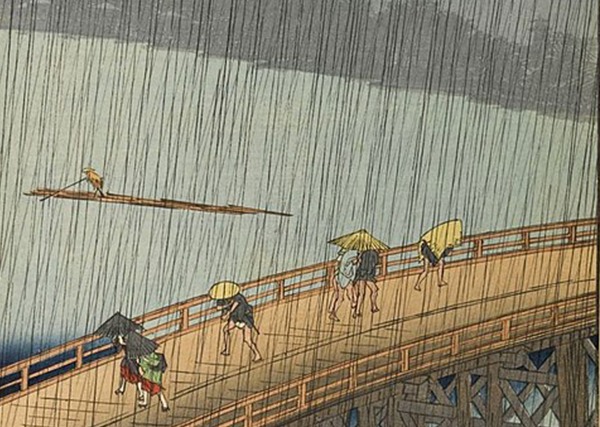
High-quality wall art print of Hiroshige’s iconic “Sudden Shower over Shin-Oohashi Bridge” from the famous Edo series. A timeless Tokyo landscape.
Made in Japan Lucky Cat 6.3” Tokoname Porcelain White Maneki Neko
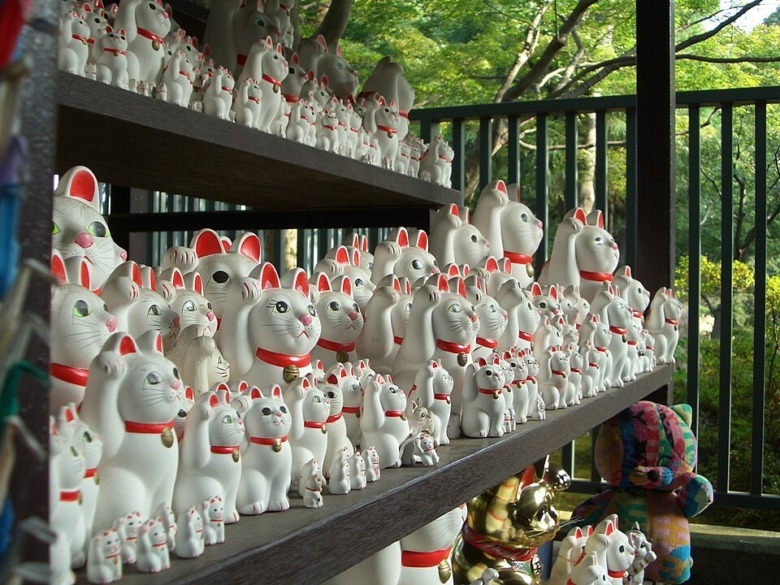
A traditional white Maneki Neko from Tokoname, raising its right paw to invite fortune and prosperity. Perfect for home or office.
Nestle Japan KitKat Adult Sweetness Rich Matcha 11pieces (Pack of 2)

A popular Tokyo souvenir: rich matcha-flavored KitKat from Nestle Japan. A slightly less sweet “Adult Sweetness” taste, perfect with tea or coffee.
20PCS Artificial Sushi Set – Realistic Japanese Food Models for Decoration
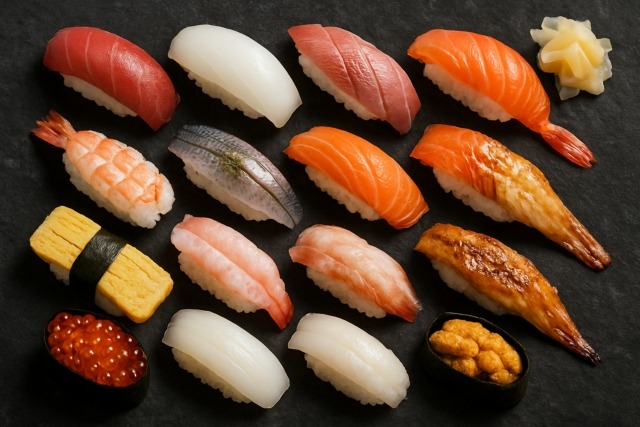
A fun set of 20 realistic sushi and sashimi samples, inspired by Tokyo’s food displays. Great for decoration, photography props, or playful gifts.
Super Mario Bros Embroidered Mario M Patch Men’s Red Beret Cap
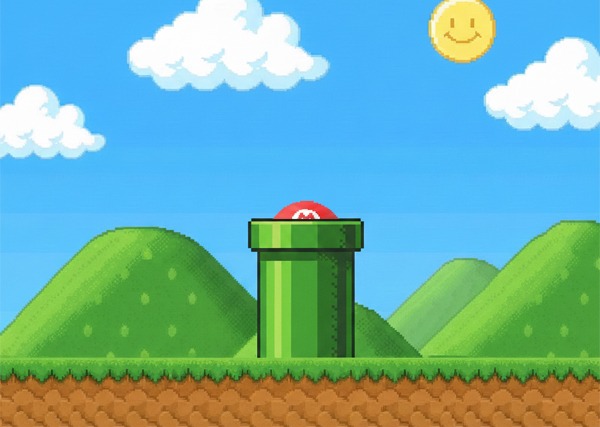
A red Super Mario-style cap with an embroidered “M” logo. A playful nod to Japanese game culture that is popular with visitors in Tokyo.

